Related Research Articles

Friesland, historically known as Frisia, is a province of the Netherlands located in the northern part of the country. It is situated west of Groningen, northwest of Drenthe and Overijssel, north of Flevoland, northeast of North Holland, and south of the Wadden Sea. As of January 2020, the province had a population of 649,944 and a total area of 5,749 km2 (2,220 sq mi).
The Special Operations Executive (SOE) was a British World War II organisation. It was officially formed on 22 July 1940 under Minister of Economic Warfare Hugh Dalton, from the amalgamation of three existing secret organisations. Its purpose was to conduct espionage, sabotage and reconnaissance in occupied Europe against the Axis powers, and to aid local resistance movements.

Operation Market Garden was a failed World War II military operation fought in the Netherlands from 17 to 25 September 1944. It was the brainchild of Field Marshal Sir Bernard Law Montgomery and strongly supported by Winston Churchill and Franklin Roosevelt. The airborne part of the operation was undertaken by the First Allied Airborne Army with the land operation by XXX Corps of the British Second Army. The objective was to create a 64 mi (103 km) salient into German territory with a bridgehead over the River Rhine, creating an Allied invasion route into northern Germany. This was to be achieved by seizing a series of nine bridges by Airborne forces with land forces swiftly following over the bridges. The operation succeeded in liberating the Dutch cities of Eindhoven and Nijmegen along with many towns, creating a 60 mi (97 km) salient into German-held territory limiting V-2 rocket launching sites. It failed, however, to secure a bridgehead over the Rhine, with the advance being halted at the river.
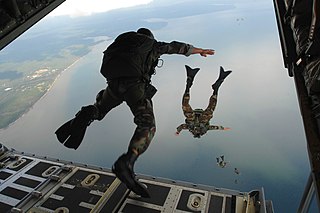
Airborne forces are military units moved by aircraft and "dropped" into battle, typically by parachute, almost anywhere with little warning. Formations are limited only by the number and size of their aircraft; a huge force can appear "out of nowhere" behind enemy lines in minutes, an action known as vertical envelopment.
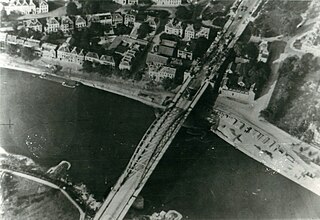
The Battle of Arnhem was a major battle of the Second World War at the vanguard of the Allied Operation Market Garden. It was fought in and around the Dutch towns of Arnhem, Oosterbeek, Wolfheze, Driel, and the surrounding countryside from 17–26 September 1944.
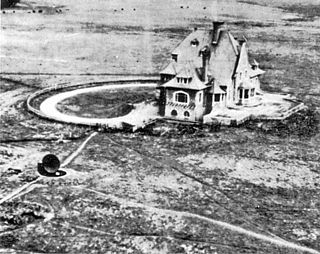
Operation Biting, also known as the Bruneval Raid, was a British Combined Operations raid on a German coastal radar installation at Bruneval in northern France during the Second World War, on the night of 27–28 February 1942.
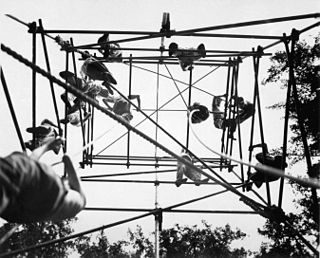
Operation Jedburgh was a clandestine operation during World War II, in which personnel of the British Special Operations Executive, the U.S. Office of Strategic Services, the Free French Bureau Central de Renseignements et d'Action and the Dutch and Belgian Armies were dropped by parachute into occupied France, the Netherlands and Belgium to conduct sabotage and guerrilla warfare, and to lead the local resistance forces in actions against the Germans.

Siebren Erik Hazelhoff Roelfzema was a Dutch writer who became a resistance fighter and RAF pilot during the Second World War. Near the end of the war he was adjudant (assistant) to Queen Wilhelmina. He was made Knight 4th class of the Military William Order. He is perhaps best known for his book Soldaat van Oranje which described his experiences in World War II. His book was later made into a film.
Force 136 was the general cover name, from March 1944, for a branch of the British World War II organisation, the Special Operations Executive (SOE). Originally set up in 1941 as the India Mission, it absorbed what was left of SOE's Oriental Mission in April 1942, then going by the cover name of GSI(K). The man in overall charge for the duration of the war was Colin Mackenzie.
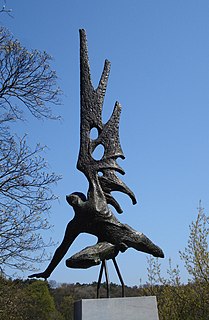
Englandspiel, or Operation North Pole, was a successful counter intelligence operation of the Abwehr from 1942 to 1944 during World War II. German forces captured Allied resistance agents operating in the Netherlands and used the agents' codes to dupe the United Kingdom's clandestine organization, the Special Operations Executive (SOE), into continuing to infiltrate agents, weapons, and supplies into the Netherlands. The Germans captured nearly all the agents and weapons sent by the United Kingdom (Britain).

The Dutch resistance to the Nazi occupation of the Netherlands during World War II can be mainly characterized as non-violent. The primary organizers were the Communist Party, churches, and independent groups. Over 300,000 people were hidden from German authorities in the autumn of 1944 by 60,000 to 200,000 illegal landlords and caretakers. These activities were tolerated knowingly by some one million people, including a few individuals among German occupiers and military.
Nicolas Redner Bodington OBE was, during the Second World War, a head of F section of the Special Operations Executive. He took part in four missions to France.

Odd Kjell Starheim, DSO was a Norwegian resistance fighter and SOE agent during the Second World War. He died when a Norwegian ship he had captured off the coast of Norway was sunk by German bombers on its way back to the United Kingdom.

The King's Medal for Courage in the Cause of Freedom is a British medal for award to foreign nationals who aided the Allied effort during the Second World War.
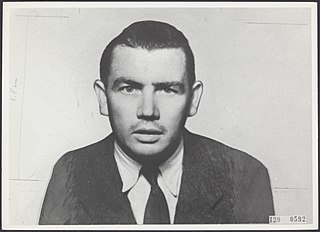
Christiaan Antonius Lindemans, the fourth son of Joseph Hendrik Lindemans and Christina Antonia van Uden, was a Dutch double agent during the Second World War, working under Soviet control. Otherwise known as Freddi Desmet, officer in the Belgian army and SOE agent with security clearance at the Dutch Military Intelligence Division of the SOE (MID/SOE). He is better known under his nickname "King Kong" or in some circles as "le Tueur" as he undertook missions to kill and was ready to shoot at the slightest provocation. There is speculation that Lindemans may have been a member of Colonel Claude Dansey's Z organisation.

Wulf Dietrich Christian Schmidt, later known as Harry Williamson was a Danish citizen who became a double agent working for Britain against Nazi Germany during the Second World War under the codename Tate. He was part of the Double Cross System, under which all German agents in Britain were controlled by MI5 and used to deceive Germany. Nigel West singled him out as "one of the seven spies who changed the world."

Peter Tazelaar was a member of the Dutch resistance during World War II and worked as an agent for the SOE. Following the war he served in Dutch East Indies, before returning to Europe to work behind the Iron Curtain in Eastern Europe for the United States, which served as an inspiration for Ian Fleming's James Bond series.
Jacob "Jaap" Staal was a Dutch commando during World War II. He fought in Operation Market Garden in 1944. In recognition of his services, Staal was decorated with the Dutch Bronze Lion and the American Medal of Freedom with bronze palm.

Theodore Herman Bachenheimer a.k.a. Theodor Storm,, was an American soldier. In just three years, he achieved legendary status as one of the war's most daring reconnaissance scouts, he was better known as The Legendary Paratrooper or The G.I. General and was befriended by Martha Gellhorn.
Major Jacques Theodore Paul Marie Vaillant de Guélis was a Wales-born French Special Operations Executive (SOE) agent during the Second World War. De Guélis was initially in the British Expeditionary Force in France in 1940 and later joined SOE and parachuted into France to organise resistance networks. He was badly injured in a motor accident in August 1945 and later died of his injuries in hospital. He is buried in his home town of Cardiff.
References
- 1 2 3 4 5 6 "Canon", www.boekjepienter.nl Archived 2018-05-21 at the Wayback Machine (Dutch)
- 1 2 3 "Decorati", Onderscheidingen.nl (Dutch)
- 1 2 3 Stewart W. Bentley, Jr., Orange Blood, Silver Wings: The Untold Story of the Dutch Resistance During Market-Garden, AuthorHouse, 2007
- ↑ Frans Kluiters, "Dutch agents 1940-1945", Netherlands Intelligence Studies Association (NISA)